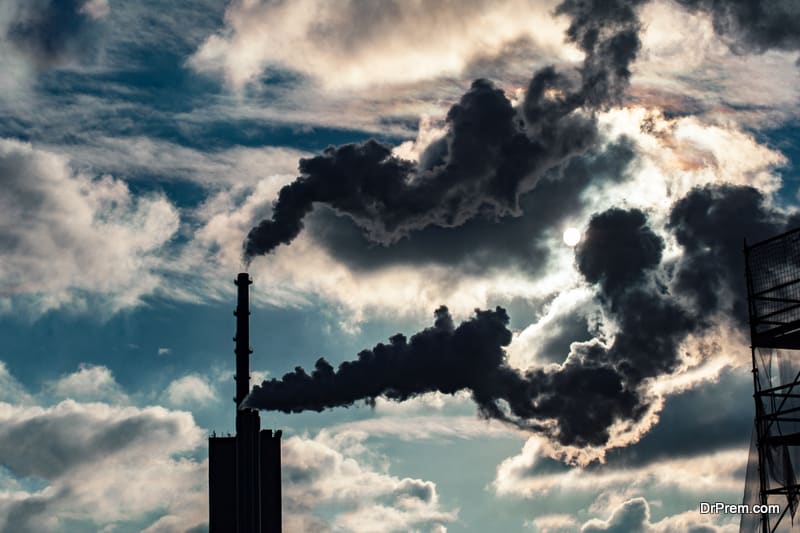Scientists have been following ozone depletion for decades. Over the years, about 70% decrease in the ozone column has been observed in the southern hemispheric spring over Antarctica and according to recent reports, it is still continuing. The European Space Agency announced that the ozone hole has increased this year. They have calculated an increase in the ozone hole through analyzing satellite data.
Recalling basic chemistry, we are reminded that ozone depletion takes place due to reactions of the free radical catalyst like nitric oxide, hydroxyl, atomic chlorine, and atomic bromine. Increase in compounds like chlorofluorocarbons (CFCs) and others is directly responsible for this depletion. Applications of CFCs consist of refrigeration, aerosol propellants, fire extinguishers etc.
CFCs are stable compounds, capable of surviving at high altitudes where chlorine and bromine are liberated by the action of ultraviolet light. Each radical catalyzes a chain reaction, breaking down over 100,000 ozone molecules. There are several depletion events near the surface in Polar Regions during spring. But the greatest declines of up to 30% are in the winter and spring, when the stratosphere is colder. Polar stratospheric clouds, which are formed at extremely cold temperatures, absorb the free radicals enhancing ozone depletion.
The Montreal Protocol, an international treaty, considered the most successful international agreement, spoke about gradually phasing out the substances that cause ozone depletion. In 2003, it was said that the depletion had decreased over the past decade, due to the international ban on CFCs. The situation has obviously worsened since then, and although weather patterns also play a role in manipulating ozone columns, the trend over the years has been alternatively decreasing and increasing.
Source: CNN


